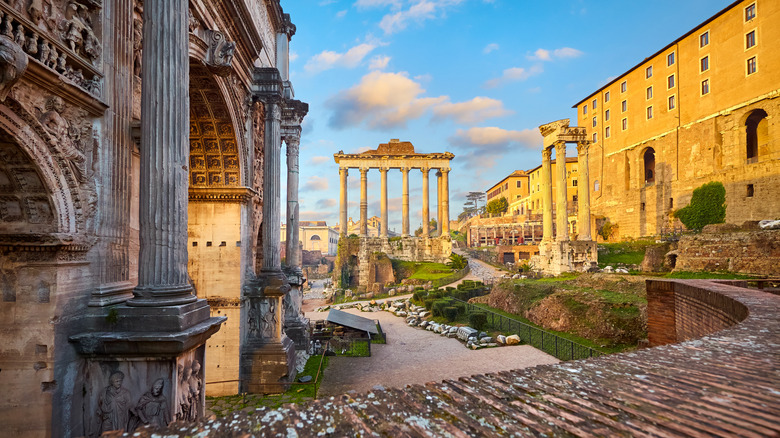Tourist Fatally Falls From One Of Rome's Most Visited Attractions
On Friday, October 24, 2025, Roman police reported the death of a tourist who fell at the Pantheon, the city's geometric masterpiece and one of Italy's oldest landmarks. The victim, 69-year-old Japanese citizen Morimasa Hibino, had been traveling with his daughter when he apparently fell from the outer perimeter wall into a 23-foot ditch beside the monument. A local priest saw the man and alerted emergency services; authorities then forced open a locked gate to recover his body. According to Hibino's daughter, he may have suffered a sudden illness or dizzy spell just before the accident. The incident was caught on surveillance cameras, and although foul play isn't suspected, an investigation is underway. Because the ditch is open at street level, police frequently patrol the area to deter jumpers, though minor incidents are occasionally reported.
Travel inevitably comes with risks, even when visiting some of the world's most beloved and enduring landmarks. In Italy, the layers of history can be deceptive: Ancient Rome lies about 23 feet below today's streets, giving the illusion that monuments like the Pantheon and the Colosseum are sinking into the earth. Preserving Italy's ancient heritage while keeping it safe for millions of visitors is no small job, and the Pantheon isn't the only site in the spotlight. On November 3, 2025, the Torre dei Contia — a Medieval stone tower undergoing renovation near the Roman Forum — partially collapsed, sending rubble crumbling and, as one bystander told the Associated Press, "erupting." One worker was critically injured, three escaped unharmed, and another was buried. During the rescue, the tower began collapsing again, as hundreds of tourists watched.
Dangerous and fatal accidents raise questions about ancient landmark security
For Italian officials, these types of incidents have raised pressing questions about access to historic sites as well as how well they are maintained. In May, an American tourist in Rome was impaled on a spiked fence at the Colosseum while reportedly attempting to scale a barricade for a closer photo angle. In June, the nearby Spanish Steps — already worn down and carrying a big fine for anyone who tampers with them — made headlines after an elderly truck driver drove his Mercedes down the iconic staircase.
Japanese tourist Morimasa Hibino's fall appears to be a total accident, unattributed to any bad behavior or illegal activity while the attraction was closed for the night. However, the fact that police do regularly patrol this deep moat with a ledge left unprotected does raise questions about the safety of the city's ancient landmarks — an argument compounded by the November 3 collapse of the Torre dei Contia. Thanks to years of neglect, increasingly extreme weather and erosion, and even seismic risk, ancient landmarks are all experiencing gradual instability. Renovation and maintenance projects themselves can be hazardous if not carefully managed, and overtourism is also a concern. Hibino's tragic death is a reminder that human fragility and architectural vulnerability should be at the forefront of city planners' minds.
Of course, overprotecting sites can limit public engagement and erode the sense of history and authenticity. Ultimately it's a multi-faceted effort of effective visitor management, thoughtful urban design, and public awareness of risks that will keep tourists safe and these historical landmarks preserved for generations — and millions of tourists — to come.

